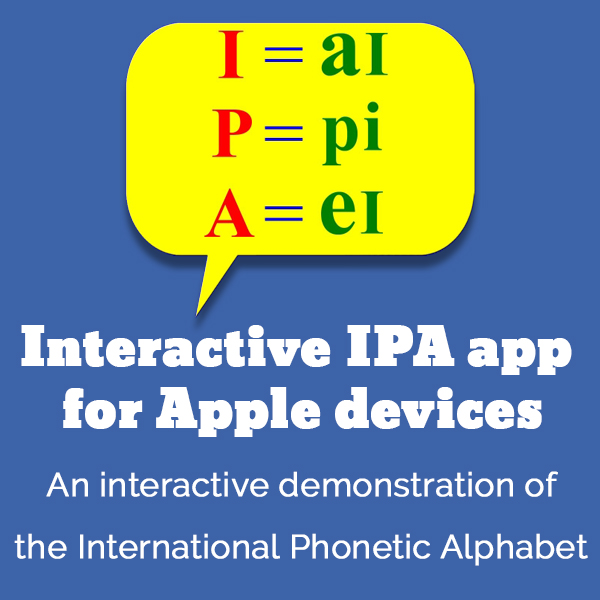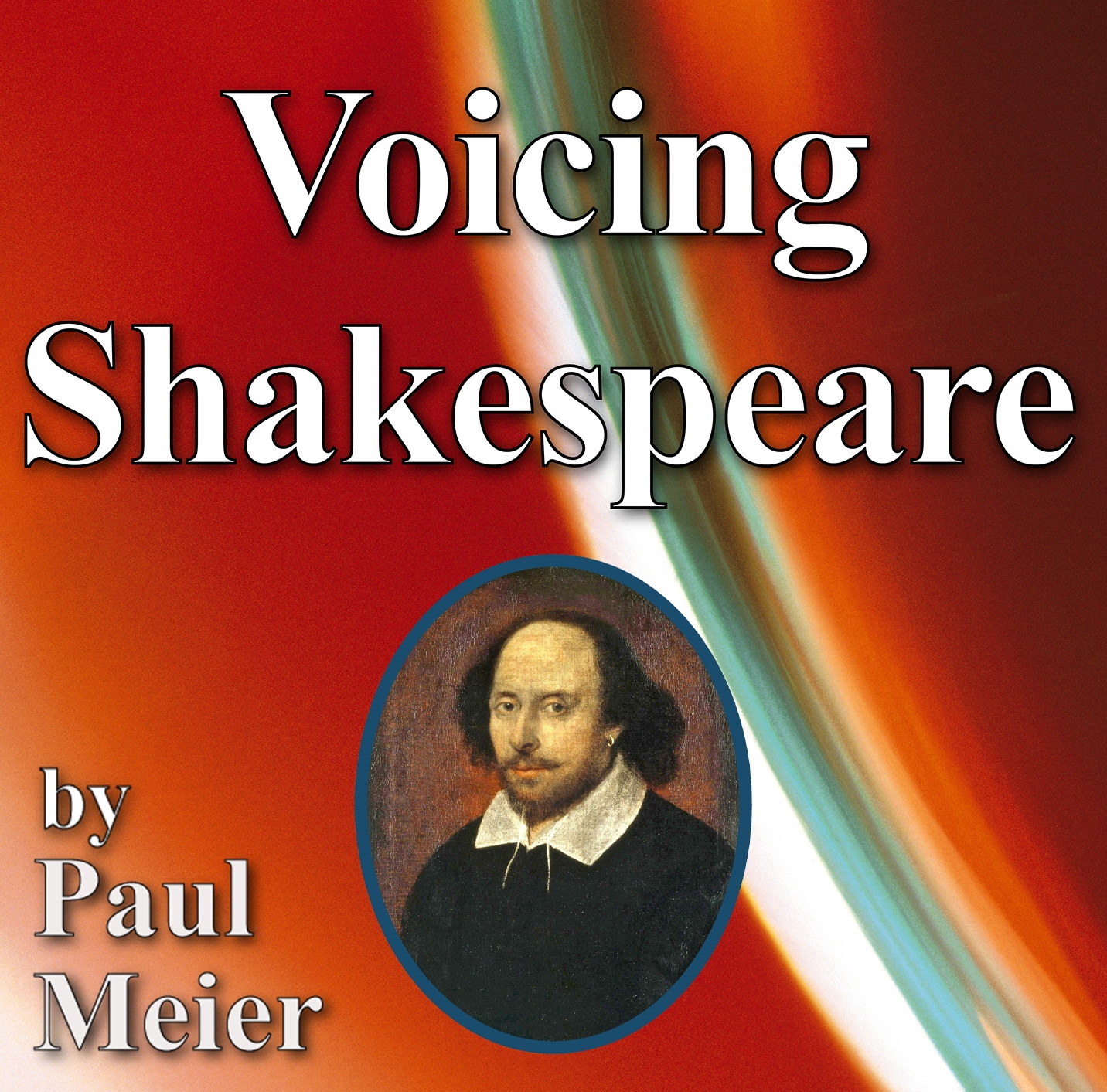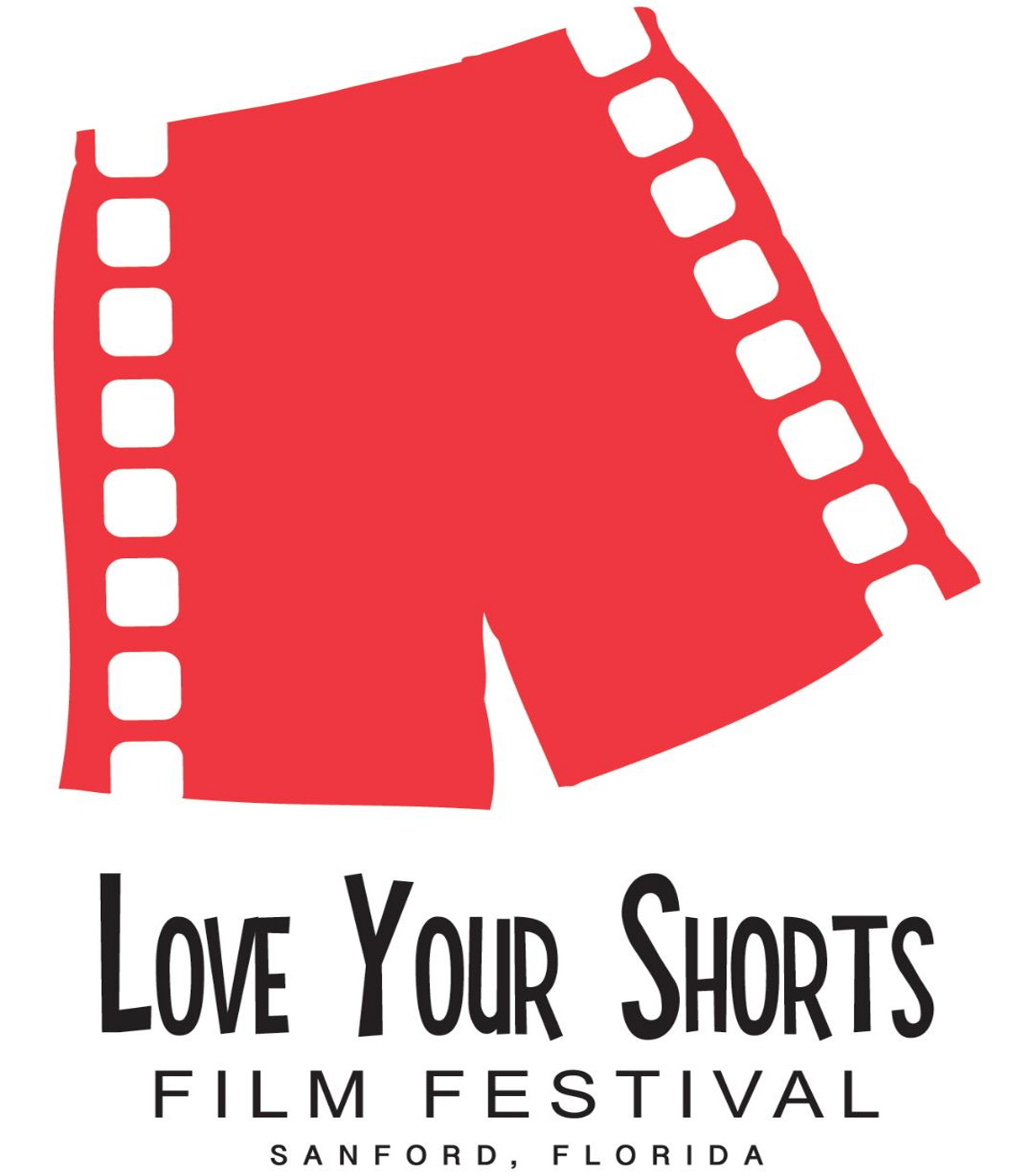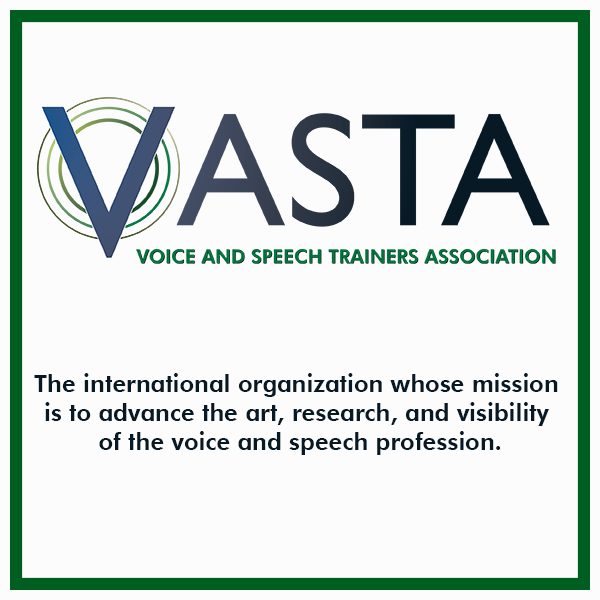Puerto Rico 8
Listen to Puerto Rico 8, a 24-year-old woman from Cupey, San Juan, Puerto Rico. Click or tap the triangle-shaped play button to hear the subject.
Both as a courtesy and to comply with copyright law, please remember to credit IDEA for direct or indirect use of samples. IDEA is a free resource; please consider supporting us.
BIOGRAPHICAL INFORMATION
AGE: 24
DATE OF BIRTH (DD/MM/YYYY): 21/08/1989
PLACE OF BIRTH: San Juan, Puerto Rico
GENDER: female
ETHNICITY: Puerto Rican
OCCUPATION: museum curator
EDUCATION: BFA, Pratt
AREAS OF RESIDENCE OUTSIDE REPRESENTATIVE REGION FOR LONGER THAN SIX MONTHS:
The subject was raised in Culebra, Puerto Rico, until age 6, and then moved to Cupey, the largest barrio in the capital city of San Juan, Puerto Rico. She remained there until age 20, when she moved to East Harlem, New York, in the United States, which is also known as “El Barrio,” the largest enclave of Puerto Ricans outside Puerto Rico.
OTHER INFLUENCES ON SPEECH:
Subject was raised by a Cuban-Spanish mother and an American father.
The text used in our recordings of scripted speech can be found by clicking here.
RECORDED BY: David Nevell
DATE OF RECORDING (DD/MM/YYYY): 10/10/2013
PHONETIC TRANSCRIPTION OF SCRIPTED SPEECH: N/A
TRANSCRIBED BY: N/A
DATE OF TRANSCRIPTION (DD/MM/YYYY): N/A
ORTHOGRAPHIC TRANSCRIPTION OF UNSCRIPTED SPEECH:
I’m very close to my family, and we’re a huge family. We’re like 24, including cousins, grandmother and like all my aunts and uncles, and we’ve always had a lot of celebrations together, and that’s something that I miss because here in the city, you you you have a lot of friends and we have a big community of Puerto Ricans that always find a way to find each other, um, from all ages and all backgrounds, but that family I really miss. That core. But here the good thing is that there’s things to do all the time that are of my interest. For example, you have museums; in each museum you have different events. You have theatre, you have movies, films, artist talks, conferences that you wouldn’t find really in Puerto Rico. It would be a rare gem to have like someone from, from the art world that’s really doing amazing research to go to Puerto Rico. It’ll be like maybe in the University of Puerto Rico, but that would be it. And then it would take like another year or six months to like get someone there. Or three years. So that’s something that I’m really really excited about by living here in, in New York. It’s interesting to live in this environment. It’s it’s not what I experienced in Puerto Rico either. It’s, it’s been really interesting to be here because I have all like the culture but I was raised with a Cuban-Spanish mother and an American father in in a Catholic house, but very liberal; like we would go to the beach instead of church, and but we would have the same sort of folklore or like the idea of music playing all the time, and being outdoors, and that’s something that I really love of El Barrio; there’s people outside just sitting and talking, which other places in, in Manhattan you don’t find. Either when they’re outside it’s because there’s like a fair with seats outside. And there’s just that table conversation. But this idea of just sitting and and talking with whoever passes by and having more familiar faces, um, I really just notice it more here in El Barrio. [Subject then speaks in Spanish.]
TRANSCRIBED BY: Shawnia Keith (under supervision of David Nevell)
DATE OF TRANSCRIPTION (DD/MM/YYYY): 03/05/2014
PHONETIC TRANSCRIPTION OF UNSCRIPTED SPEECH: N/A
TRANSCRIBED BY: N/A
DATE OF TRANSCRIPTION (DD/MM/YYYY): N/A
SCHOLARLY COMMENTARY: N/A
COMMENTARY BY: N/A
DATE OF COMMENTARY (DD/MM/YYYY): N/A
The archive provides:
- Recordings of accent/dialect speakers from the region you select.
- Text of the speakers’ biographical details.
- Scholarly commentary and analysis in some cases.
- In most cases, an orthographic transcription of the speakers’ unscripted speech. In a small number of cases, you will also find a narrow phonetic transcription of the sample (see Phonetic Transcriptions for a complete list). The recordings average four minutes in length and feature both the reading of one of two standard passages, and some unscripted speech. The two passages are Comma Gets a Cure (currently our standard passage) and The Rainbow Passage (used in our earliest recordings).
For instructional materials or coaching in the accents and dialects represented here, please go to Other Dialect Services.
 IDEA: International Dialects of English Archive
IDEA: International Dialects of English Archive




